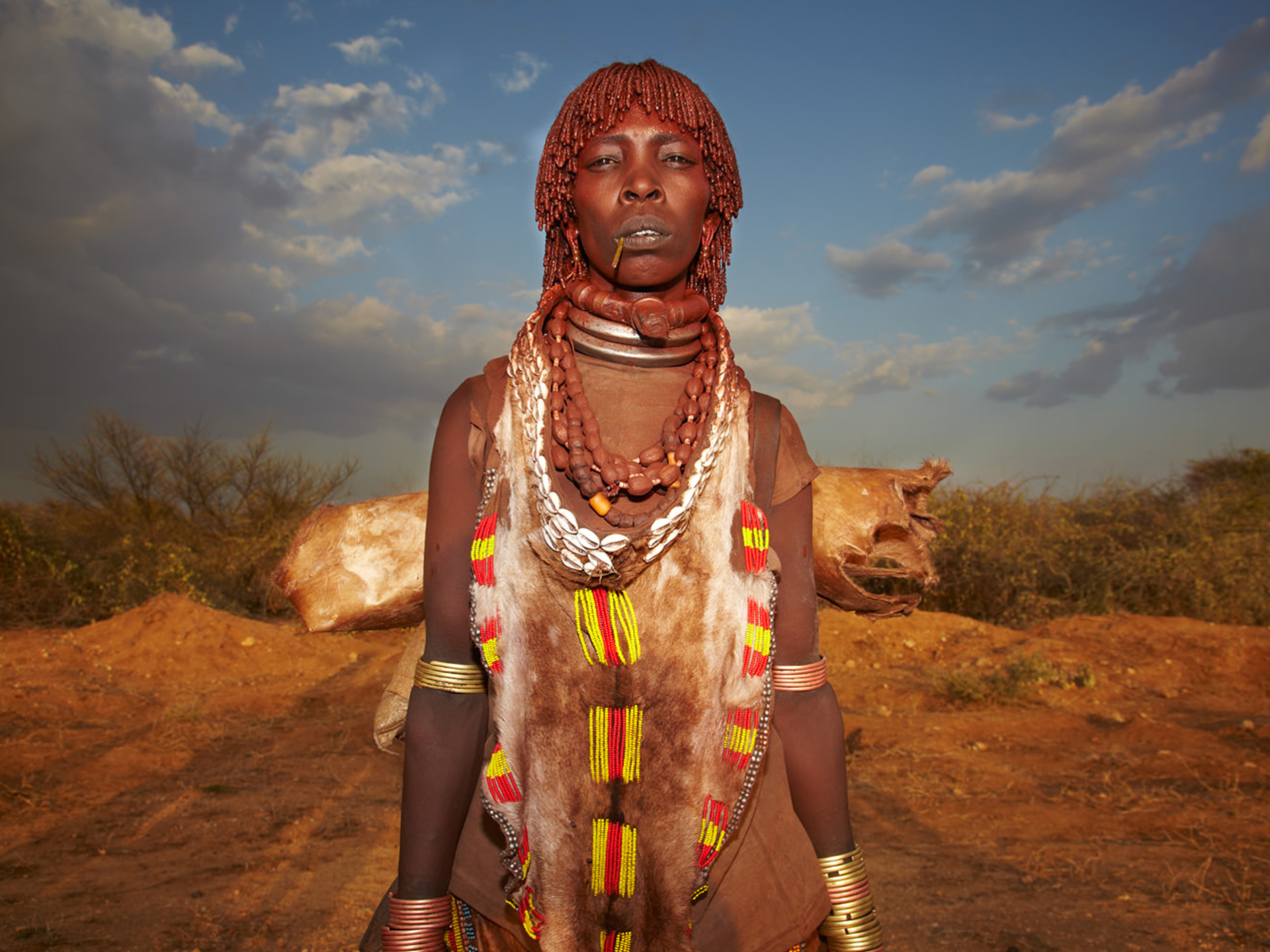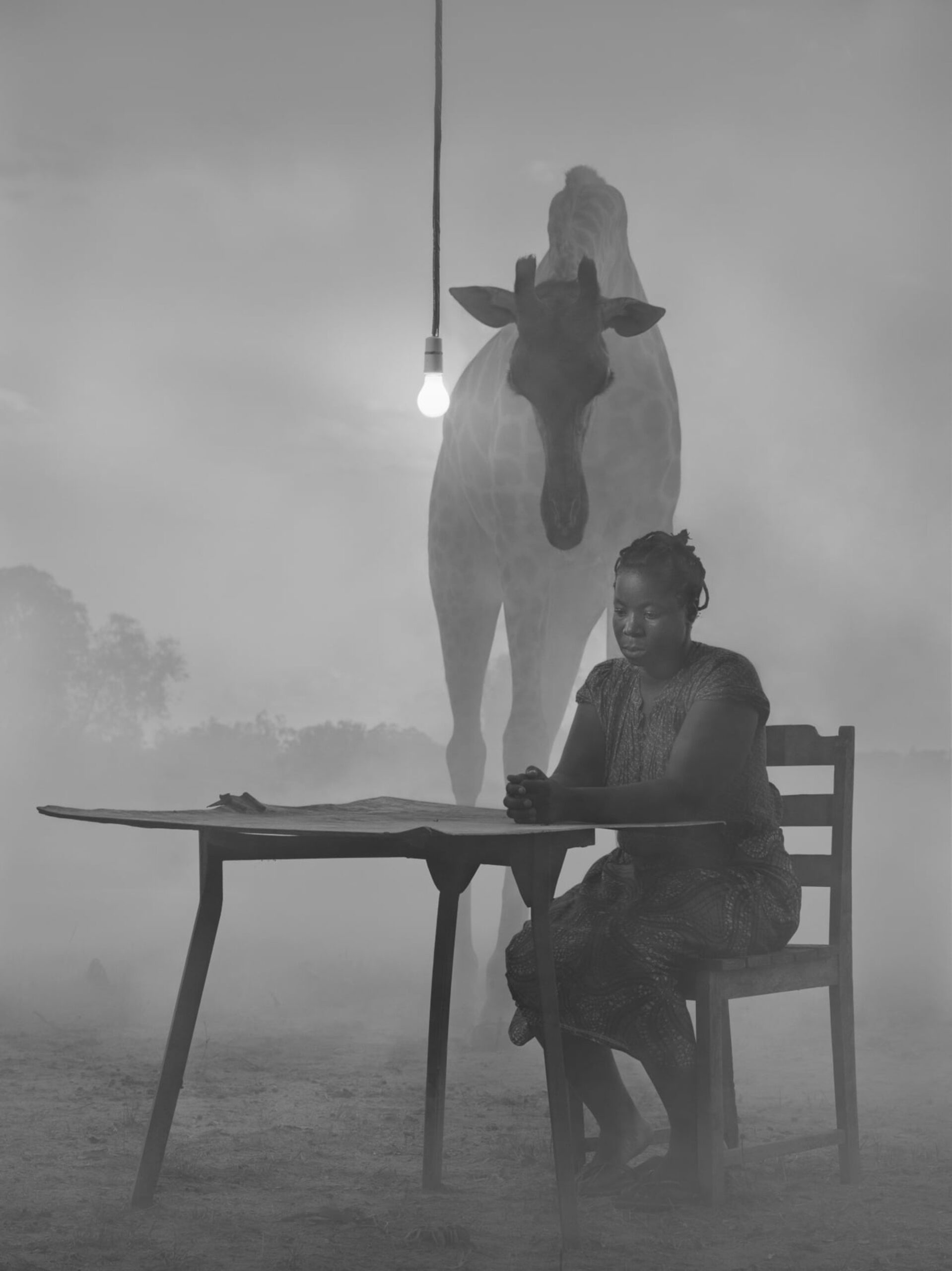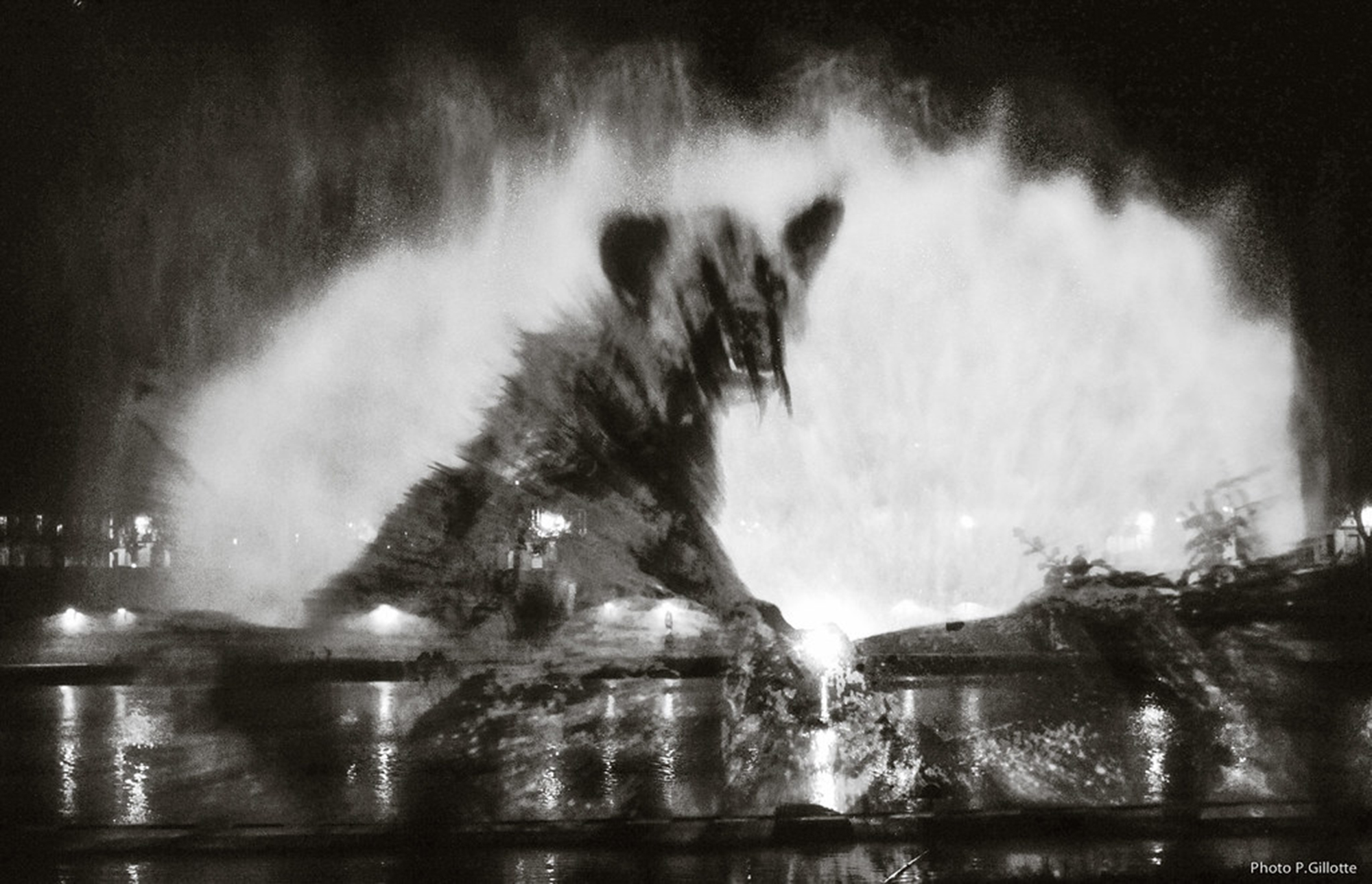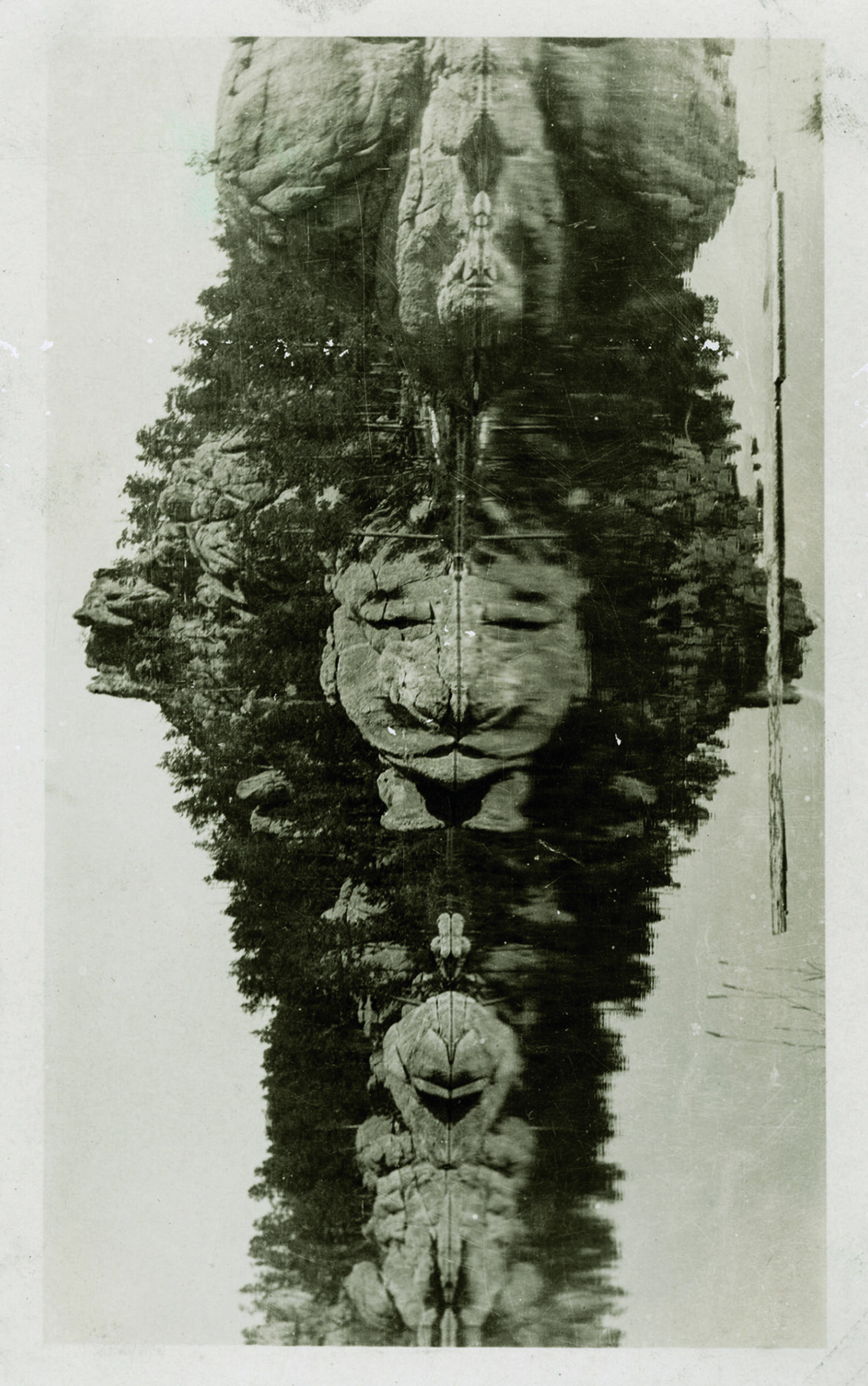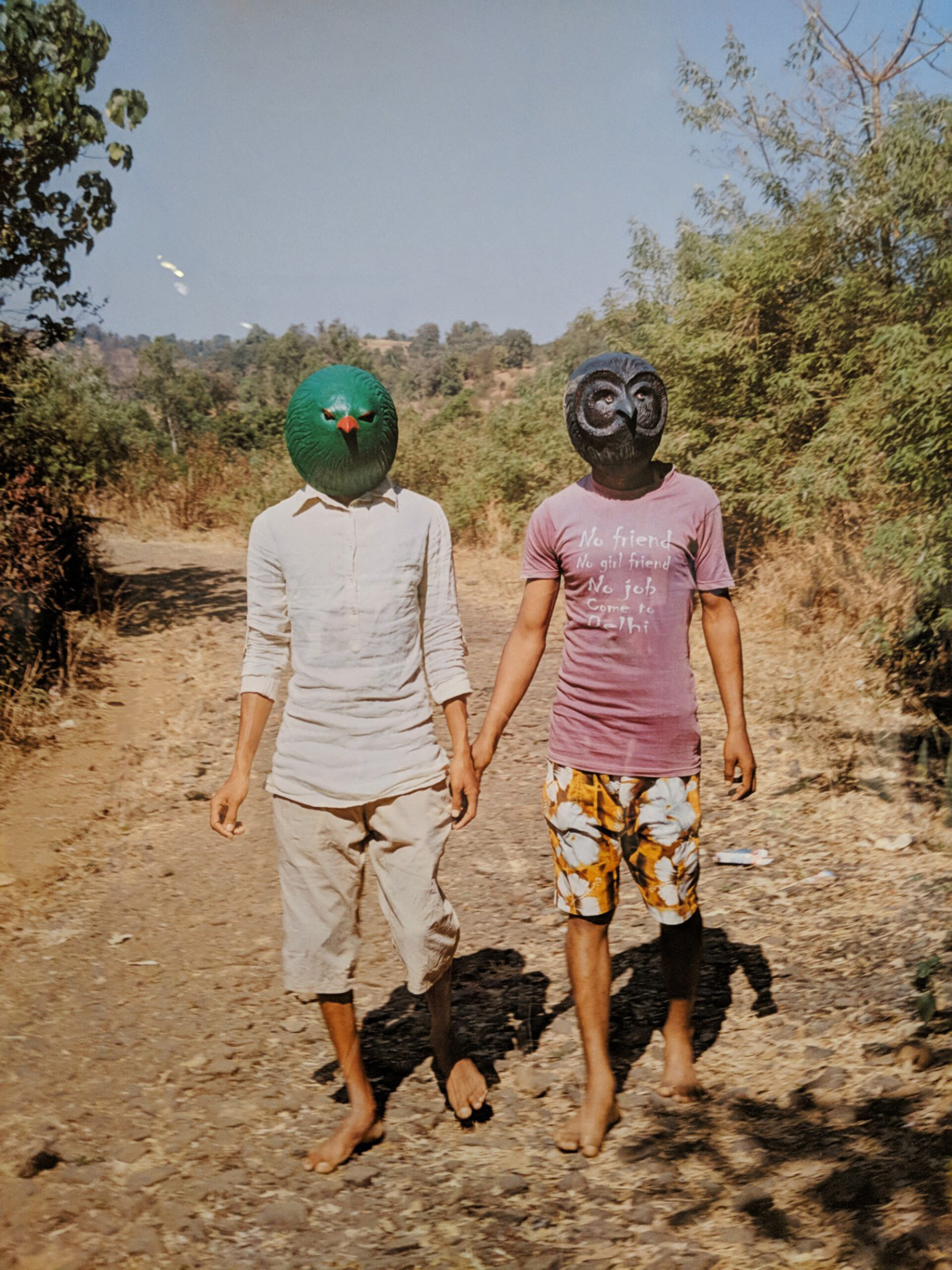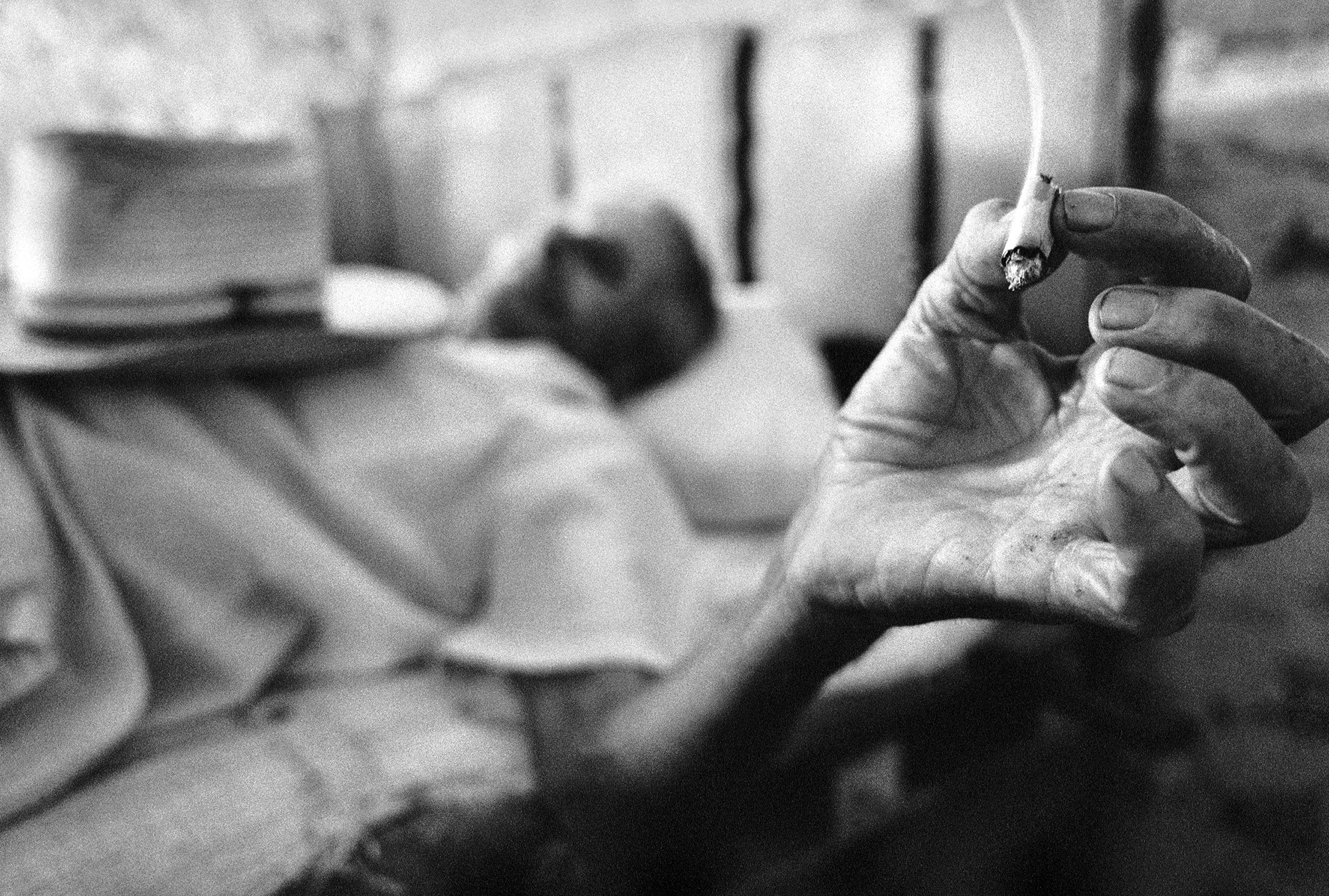Image of the Day
Specially curated
365 Days, 365 Images
of National/International
Photographers
An Image a Day
Let us engage with this
Fascinating Medium that
Breaks all boundaries
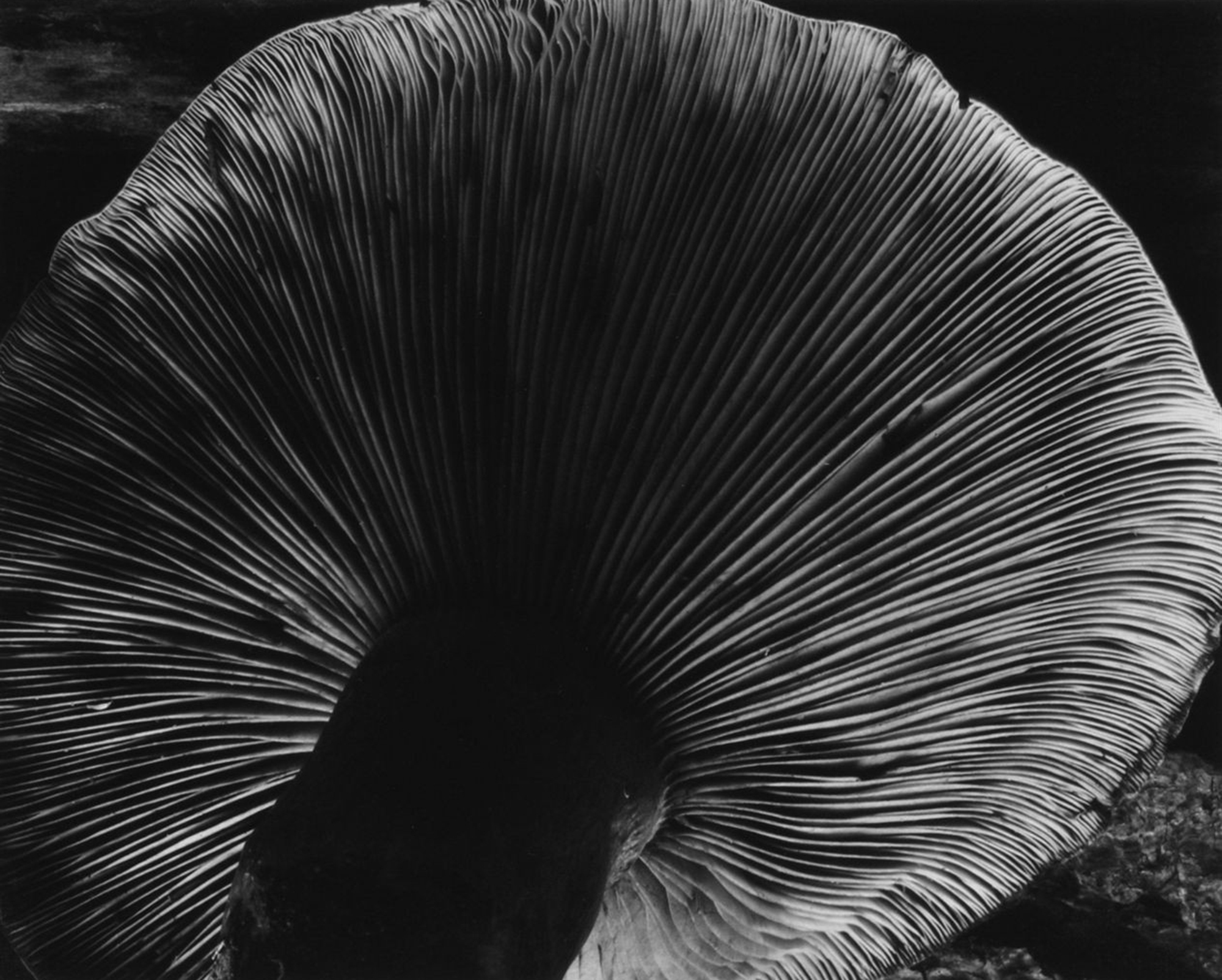
Mushroom © Edward Weston 1940 | Image source internet
Edward Weston
This then: to photograph a rock, have it look like a rock, but be more than a rock.
– Edward Weston
Edward Henry Weston (1886 – 1958) was a 20th-century American photographer. He has been called “one of the most innovative and influential American photographers…” and “one of the masters of 20th-century photography.” Over the course of his 40-year career, Weston photographed an increasingly expansive set of subjects, including landscapes, still lifes, nudes, portraits, genre scenes, and even whimsical parodies. It is said that he developed a “quintessentially American, and specially Californian, approach to modern photography” because of his focus on the people and places of the American West.
Edward Weston spent the majority of his childhood in Chicago where he attended Oakland Grammar School. He began photographing at the age of sixteen after receiving a Bull’s Eye #2 camera from his father. Weston’s first photographs captured the parks of Chicago and his aunt’s farm. In 1906, following the publication of his first photograph in Camera and Darkroom, Weston moved to California. After working briefly as a surveyor for San Pedro, Los Angeles, and Salt Lake Railroad, he began working as an itinerant photographer. He peddled his wares door to door photographing children, pets, and funerals. Realizing the need for formal training, in 1908 Weston returned east and attended the Illinois College of Photography in Effingham, Illinois. He completed the 12-month course in six months and returned to California. In Los Angeles, he was employed as a retoucher at the George Steckel Portrait Studio. In 1909, Weston moved on to the Louis A. Mojoiner Portrait Studio as a photographer and demonstrated outstanding abilities with lighting and posing.) Weston married his first wife, Flora Chandler in 1909. He had four children with Flora; Edward Chandler (1910), Theodore Brett (1911), Laurence Neil (1916), and Cole (1919). In 1911, Weston opened his own portrait studio in Tropico, California. This would be his base of operation for the next two decades. Weston became successful working in soft-focus, pictorial style; winning many salons and professional awards. Weston gained an international reputation for his high key portraits and modern dance studies. Articles about his work were published in magazines such as American Photography, Photo Era, and Photo Miniature. Weston also authored many articles himself for many of these publications. In 1912, Weston met photographer Margrethe Mather in his Tropico studio. Mather becomes his studio assistant and most frequent model for the next decade. Mather had a very strong influence on Weston. He would later call her, “the first important woman in my life.” Weston began keeping journals in 1915 that came to be known as his “Daybooks.” They would chronicle his life and photographic development into the 1930s.
In 1922 Weston visited the ARMCO Steel Plant in Middletown, Ohio. The photographs taken here marked a turning point in Weston’s career. During this period, Weston renounced his Pictorialism style with a new emphasis on abstract form and sharper resolution of detail. The industrial photographs were true straight images: unpretentious, and true to reality. In 1923 Weston moved to Mexico City where he opened a photographic studio with his apprentice and lover Tina Modotti. Many important portraits and nudes were taken during his time in Mexico. After moving back to California in 1926, Weston began his work for which he is most deservedly famous: natural forms, close-ups, nudes, and landscapes.
Between 1927 and 1930, Weston made a series of monumental close-ups of seashells, peppers, and halved cabbages, bringing out the rich textures of their sculpture-like forms. Weston moved to Carmel, California in 1929 and shot the first of many photographs of rocks and trees at Point Lobos, California. Weston became one of the founding members of Group f/64 in 1932 with Ansel Adams, Willard Van Dyke, Imogen Cunningham and Sonya Noskowiak. The group chose this optical term because they habitually set their lenses to that aperture to secure maximum image sharpness of both foreground and distance. 1936 marked the start of Weston’s series of nudes and sand dunes in Oceano, California, which are often considered some of his finest work. Weston became the first photographer to receive a Guggenheim Fellowship for experimental work in 1936. Following the receipt of this fellowship, Weston spent the next two years taking photographs in the West and Southwest United States with an assistant and future wife Charis Wilson. Later, in 1941 using photographs of the East and South Weston provided illustrations for a new edition of Walt Whitman’s Leaves of Grass.
Weston began experiencing symptoms of Parkinson’s disease in 1946 and in 1948 shot his last photograph of Point Lobos. In 1946 the Museum of Modern Art, New York featured a major retrospective of 300 prints of Weston’s work. Over the next 10 years of progressively incapacitating illness, Weston supervised the printing of his prints by his sons, Brett and Cole. His 50th Anniversary Portfolio was published in 1952 with photographs printed by Brett. An even larger printing project took place between1952 and 1955. Brett printed what was known as the Project Prints. A series of 8 -10 prints from 832 negatives considered Edward’s lifetime best. The Smithsonian Institution held the show, “The World of Edward Weston” in 1956 paying tribute to his remarkable accomplishments in American photography. Edward Weston died on January 1, 1958 at his home, Wildcat Hill, in Carmel, California. Weston’s ashes were scattered into the Pacific Ocean at Pebbly Beach at Point Lobos.
Published on February 14, 2021
See All Image of the Day | 365 days, 365 images
Share
Related Posts
Ethiopia Project | David Goldman
David Goldman is an American photographer. A 1998 graduate of the University of Rhode Island with a bachelor’s degree in journalism and a minor in Spanish, Goldman’s first job was as a staff photographer at the weekly North County Independent newspaper, in Rhode Island.
Kuda et Sky II | Nick Brandt, Kenya 2020
Nick Brandt (born 1964) is an English photographer. The themes in Nick Brandt’s photographic series always relate to the destructive impact that humankind is having on both the natural world and now humans themselves too.
Untitled Michel Vanden Eeckhoudt Photography
Michel Vanden Eeckhoudt (1947-2015) was a Belgian photographer. He co-founded Agence VU’ with Christian Caujolle in 1986. He is represented by the Gallery Camera Obscura in Paris. Belonging to the tradition of reportage and the “decisive moment”, his works have been widely published. His personal works include Belgian competitions and Immigrants in his country.
Untitled | Jean-Marie Donat
Jean-Marie Donat (born in 1962) lives and works in Paris where he runs the independent creative editorial agency AllRight. For over 35 years he has been gathering a vast photographic collection of vernacular photographs focused on delivering a singular reading of the 20th century.
Acts of Appearance | Gauri Gill, 2015
Gauri Gill (born 1970) is an Indian photographer who lives in New Delhi. Gill earned a BFA (Applied Art) from the College of Art, New Delhi; BFA (Photography) from Parsons School of Design/The New School, New York and MFA (Art) from Stanford University, California.
Cuba by Raúl Cañibano
Raúl Cañibano Ercilla is based in Havana. He was born in 1961. One of the younger generation of photographers born after the Revolution, his work focuses on people, everyday life, history and socialism. He has exhibited world-wide and won a major prize in Cuba for a project on the life of rural workers.


